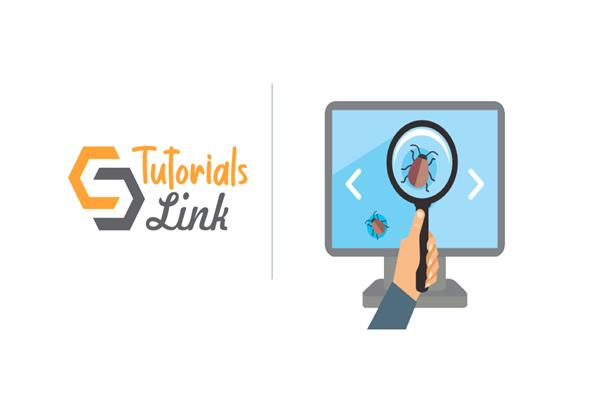What are the characteristics of Agile Methodology? Agile Methodology Tutorial
What are the characteristics of Agile Methodology? Agile Methodology Tutorial
In this article, you will get to know about the characteristics of the Agile methodology.
The software developed under the agile methodology has been developed under multiple essential characteristics such as:
Development Releases and Fixed-length Iterations
The agile development process depends on the two central units of delivery i.e release and iteration. Every single version includes multiple iteration phases. Each repetition includes its micro-project. The different functionalities of agile development like defects, improvement requests, and other work items are aligned, estimated, prioritized, and then assigned to release.
Development Delivers Working, Tested Software
The fundamental goal of agile development teams is to deliver working, progressing, and tested feature software. Working software products help in enabling and allowing the customer to give their valuable feedback. It also serves the purpose of team collaboration and overall project visibility. They provide such proof through which the system and the project work are in progress. At every step of the development lifecycle, the team progressively works to assemble the best business practices. This can only be achieved with the latest inputs from the users, customers, and other stakeholders.
Value-driven development
Agile development methodology mainly focuses on delivering business value early and continuously. It is compared and measured with the running tested available software. The main focus of the development team is product features as the central unit of planning, tracking, and delivery. As we know agile development goes from iteration to iteration, the team has to keep track of the running products, and features tested on the product while delivering.
Continuous Planning
As the development team starts working on the product features, the team has to plan everything in the initial iteration and if it is appropriate, lay out a high-level release plan of features. Every iteration needs continuous planning. On every iteration, the team chooses a set of features to implement, and determines, and estimates each technical task for each feature.
Different phase planning in Agile Development
Continuous planning gives more impactful results if it is done on two levels:
- At the initial level, the development team identifies and prioritizes the features they must have, and would like to have and they can execute it within the deadlines.
- In the next iteration, the development team chooses and plans for the next batch of features to implement, in priority order. If the product features are too large to execute in this iteration, we can break them down into further iterations.
Relative Estimation
Relative Estimation is a good practice in agile development. It gives an estimated delivery time of features. It removes unnecessary complexity. The development team has to choose from a few relative estimation buckets and gives an estimation of all the features under that category.
Emergent Feature Discovery
Agile development projects quickly prioritize and estimate features, then give accurate details when required. The feature of the product is described in more detail only between the customers, testers, and developers who are working together on the software.
Continuous Testing
We determine the defects and bugs by executing testing cases continuously.





